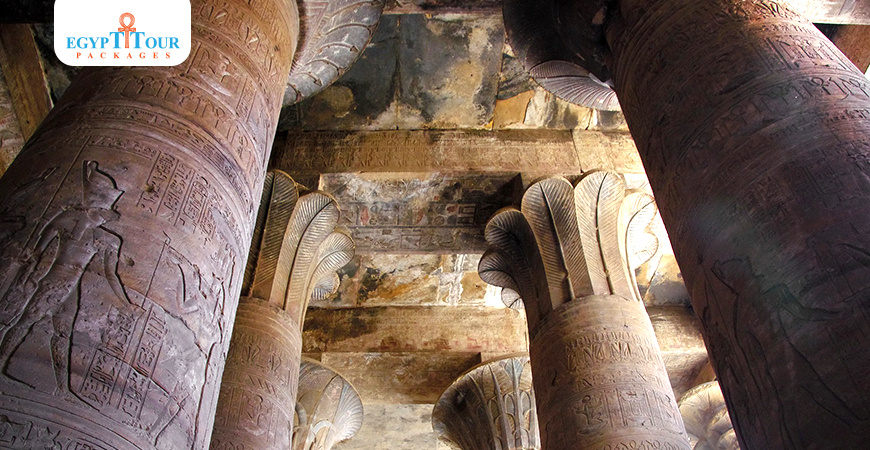
Ramesseum Temple
The Temple of the Ramesseum was built by Ramses II was dedicated to the god Ra. Most of the Temple is in ruins today.
Ramesseum Temple Fact
The owner of the temple the son of Seti I and the third king of the 19th dynasty, he ruled for about 67 years. Scholars disagreed about the number of his children, who approached one hundred. He was the most famous king of ancient Egypt. One of his statues was moved from the Temple of Ptah in Mit Rahina and placed in the square of the train station in Cairo. It was named after him and known as Ramses Square. The street that connects Tahrir and Mahatta Square to Ramses Street. The owner of the Battle of Kadesh, which he led in the fifth year of his rule against the Hittites. The owner of the peace treaty with the Hittites in the year 21. He married his son, the Hittite king, to support the treaty. The owner of the largest number of antiquities and the largest statues. He established a new capital in the eastern Delta, Sharqia Governorate, and called it Barr Rameses. Owner of Abu Simbel Temple and The Temple of the Ramesseum was built by Ramses II was dedicated to the god Ra. Most of the Temple is in ruins today. Ramesseum Temple . He celebrated his thirtieth birthday 14 times. He died after reaching the age of 90 or 91. His son, Merenptah, was the fourth ruler of the 19th dynasty in ancient Egypt. Tomb KV 8. Merneptah , came after him on the throne.

Facts About Ramesseum Temple
The site:The temple commemorating King Ramesses II is located north of the Temple of Thutmose IV and south of the Temple of Amenhotep II, west of Thebes or Luxor.The name: of the temple. (ghnmt-wast), which means the one who is united with the Wast. Name Mmnunium, meaning the place of the legendary Ethiopian Mamnon, and it is called the Ramsum, meaning the place of Ramses.The discovery of the temple attracted the attention of Napoleon's expedition in 1798 AD, and they documented it in his encyclopedia Description of Egypt. The temple caught the attention of Champollion, and Belzoni visited the site in 1815 AD and transferred part of the king’s granite statue to the British Museum, which was named Memnon the Younger. It was authenticated by Lepsius in 1844 AD, and engraved by Petrie and Coppell in 1899 AD, then by Carter and Emil Price in 1900-1908 AD. A French mission began work on the site in 1991 AD and uncovered ovens, kitchens, and a school for teaching children. Building the temple. Construction of the temple began in the second year of the reign of King Ramesses II and continued until the 20th year.

Battle of kadesh
-Temple Design:
The first pylon the facade of the pylon is decorated with four flagpoles.The first courtyard:The north side included a row of columns, in the facades of which were huge statues of the king in the Osirian form, of which two bases of the western statues remained. To the west of it there is a staircase that leads to the second pylon. The south side includes a row of columns consisting of two rows leading the palace of Ramses II . The first pylon was decorated with the Battle of Kadesh.
-The battle of Kadesh:
Some historians claim that the battle occurred in 1288 BC, while others suggest that it occurred in 1274 BC. Ramesses II is considered one of the greatest pharaohs in Egyptian history, and in this battle he fought King Muwatali II in "Kadesh", which is located near the border. Modern Syrian-Lebanese, and according to historians, it is the oldest recorded battle in history.At the end of the fourteenth century BC, Egypt lost its lands in Syria, and Ramesses I and Seti I were able to regain lands in Canaan and Syria. It appears as if the Hittites regained control by the time Ramesses II became pharaoh Ramses thought he could take Kadesh quickly without opposition until he marched toward the city. His four divisions became scattered as they approached Kadesh. The Hittites quickly seized the initiative and launched a large chariot attack and destroyed one of the Egyptian divisions. The Hittites then made a fatal mistake and instead of continuing the attack they began to plunder The bodies of their dead enemies, and this gave Ramesses crucial time to regroup. The two remaining peoples came together and launched a decisive attack that destroyed all of the Hittite chariots except a few. The battle continued into the next day and both sides suffered heavy losses.Ramesses declared a great victory upon his return to Egypt, and historians now suggest that the Battle of Kadesh may have been a draw. However, it can be classified as a “victory” for the Egyptians in the sense that they stopped the Hittite incursions into the land of Egypt. Ramesses II eventually signed a peace treaty with the Hittites after About 17 years after the Battle of Kadesh.

Ramesseum Temple plan
Palace of Ramesses II:
To the south of the first courtyard is the king’s palace, which is connected to the courtyard by three entrances. It consists of a pillared hall whose roof is supported by 16 columns in four rows, followed by the throne hall. To the south it is united by four harem palaces.
-The second pylon.
It is decorated from the outside with a view of the treaty with the Hittites, which took place in the 21st year of the king’s rule.
-The second courtyard:
It is surrounded by two rows of papyrus columns to the north and south. In the west, the facade of the columns is decorated with statues of the king in the Osiris form. There is another row of columns in the east whose facades are decorated with statues of the king in the Osiris form. The other three facades of the eastern row of columns are decorated with the king in his relations with the gods presenting to them Various offerings.There are three ascending stairs leading the western canopy of the second courtyard, connecting the western row to the second courtyard. Surrounding the middle staircase were two black granite statues. There are remains of these statues, including the king’s head with the nemes and the crown.
-Hall of columns:
There are three main entrances in the western wall of the second courtyard that lead to the Hypostyle Hall.It has 48 columns in six rows. The columns of the two middle rows have papyrus flower capitals, which are higher than the side columns, and a space between the ceiling of the middle and side columns is filled with windows to let in light. The ceiling of the central columns is decorated with scenes of a rakhma bird spreading its wings. The ceiling and side columns are decorated with stars on a blue background.
-The astronomical room:
Temple Library) There is an entrance in the middle of the western wall of the hall of columns that leads to a hall whose roof is supported by 8 columns.
-The hall that follows the astronomical hall: There is an entrance in the middle of the western wall of the astronomical room that connects to this hall, where its ceiling supports 8 columns.
-The hall that precedes the Holy of Holies:
There is an entrance in the middle of the western wall of the inner hall that leads to a hall similar to the previous hall. It contains 8 columns in two rows.
-The Holy of Holies:
There is an entrance in the middle of the western wall of the previous hall that leads to a hall containing four columns in two rows. This hall represents the Holy of Holies.
-Temple accessories:
The temple is surrounded on the north, south and west sides by corridors, storerooms and dwellings for the priests made of mud brick with vaulted ceilings.
- Temple of Seti I
There is a small double temple north of the Hypostyle Hall, built by Seti I and renovated by his son Ramesses II, and included in the temple's annexes.
- The outer wall :
The temple and its annexes are surrounded by a mud-brick wall

Colossi of Memnon
-The name of the temple. (ghnmt-wast), which means the one who is united with the Wast. Name Mmnunium, meaning the place of the legendary Ethiopian Mamnon, and it is called the Ramsum, meaning the place of Ramses.
-Who is Memnon ?
Two large giants have been entrenched for thousands of years on the right of the road leading to the Tombs of the Dead in the
Used as a burial chamber for nearly 500 years, the Valley of the Kings was used for royal burials for the Kings,their families, and their possessions. Valley of the Kings
and Queens, and they stand guard over the road and all the temples in the west. They are the “Statue of Memnon” standing on the road leading to the temples, tombs, and monasteries west of Luxor. The “Statue of Memnon” is considered all that remains of The temple commemorating the Pharaoh (Amenhotep III), and the height of the statue reaches 21.90 meters.
The reason for naming the two statues “Memnon” is due to a funny story, which is that when the two statues cracked in ancient times during the Greek era, especially the left statue, sounds were emanating from them as if they were singing sadly due to the air passing through those cracks. The Greeks said that these sounds were the crying of the mother of the hero “Memnon.” ", who was killed by Achilles in the Trojan Wars, and from here the name Memnon arose, and because of those sounds, the two statues were among the most famous landmarks in ancient times, and with the increasing importance of the legend that was being narrated around these two statues, one of the Roman emperors decided to repair the cracks and what had cracked in them. The two statues, in about the year 200 AD, the sound stopped forever, a phenomenon that remained for a long time a reason for the influx of visitors and travelers to Egypt, and the fact remains, which is that these two statues are of King Amenhotep III, one of the kings of the 18th Dynasty, which is the most powerful ruling family in ancient Egyptian history.
Diodorus' Theory:
The Roman historian Diodorus was under the impression that the temple was the work of the legendary King Ozymandias, and that his tomb was located there.

Post A Comment
Your Email Address Will Not Be Published.













































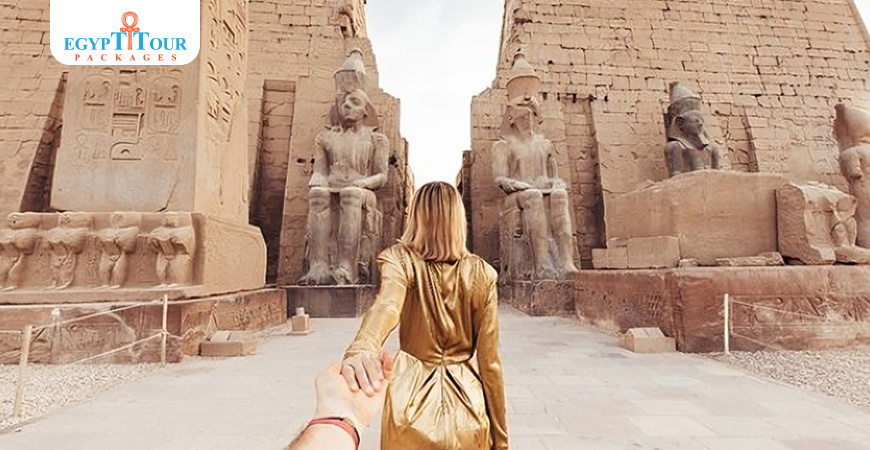
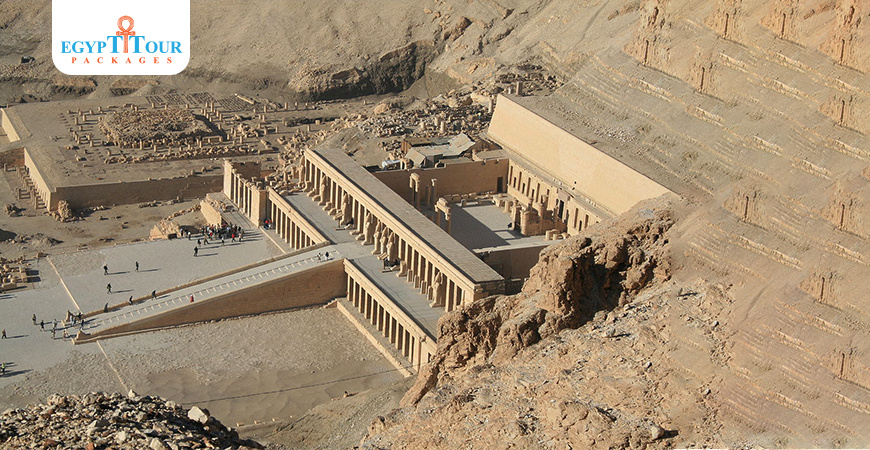
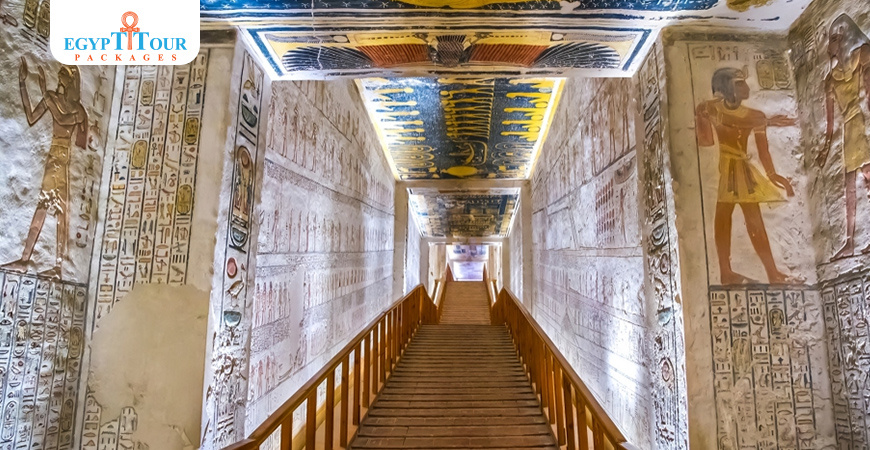
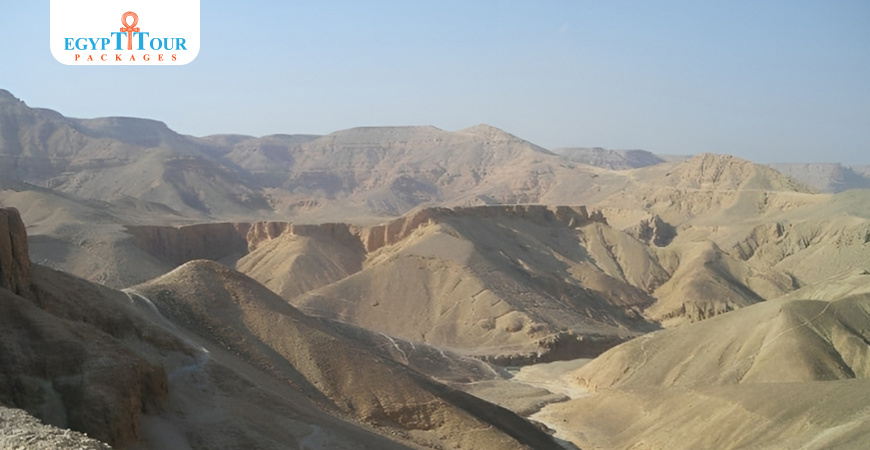
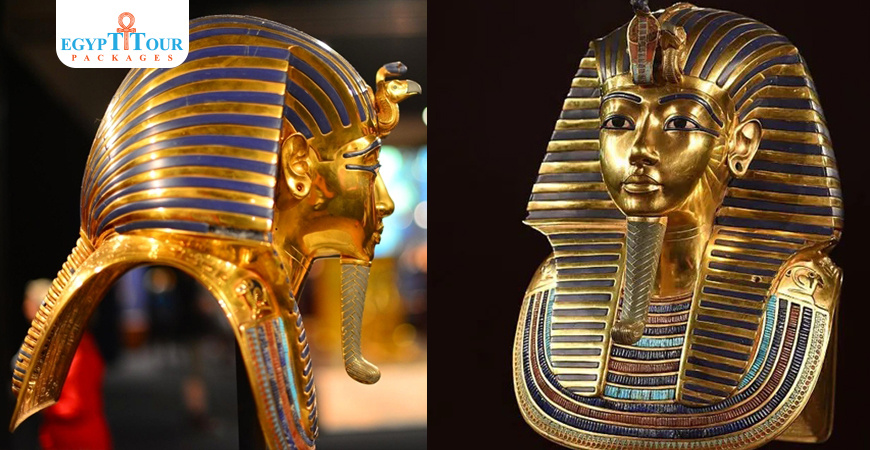
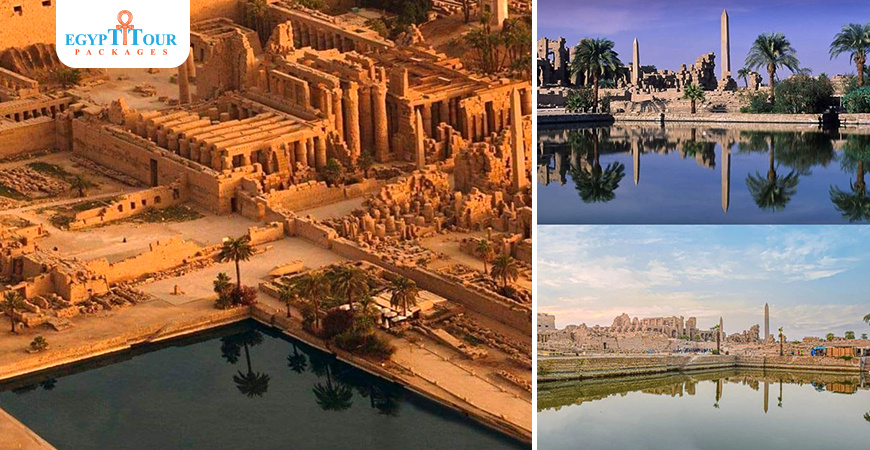
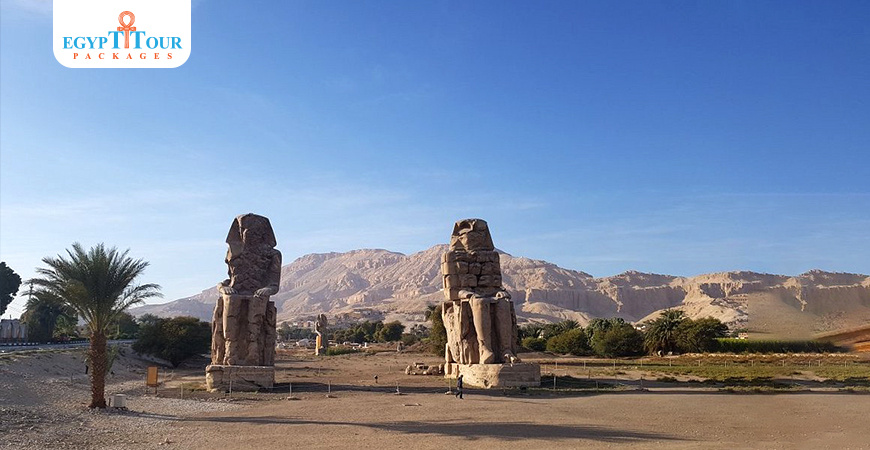
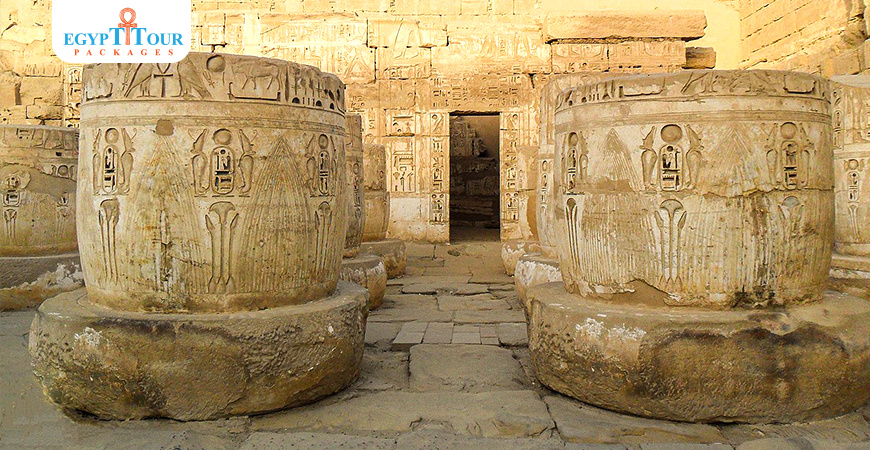
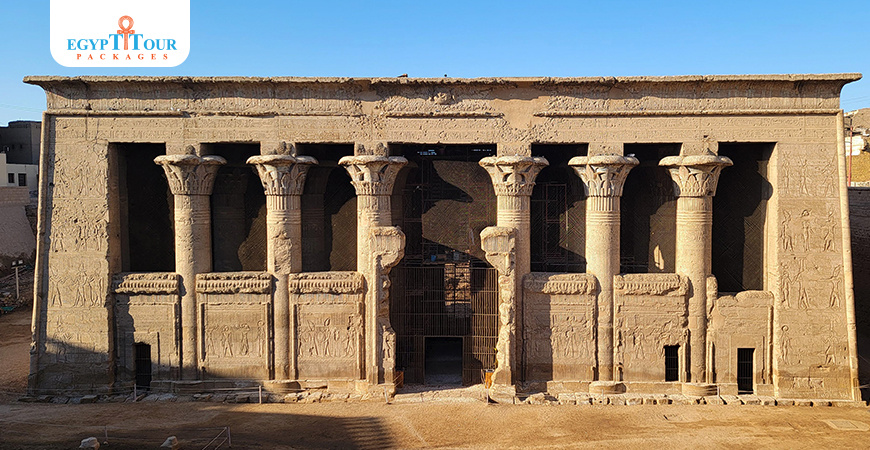
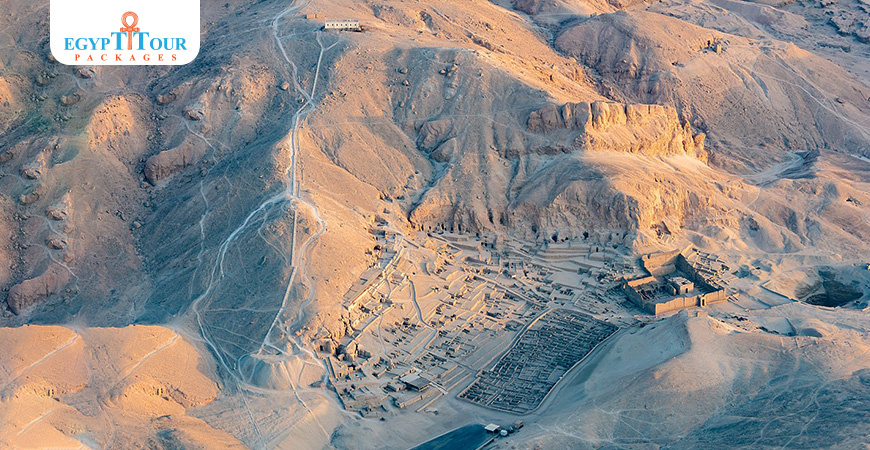
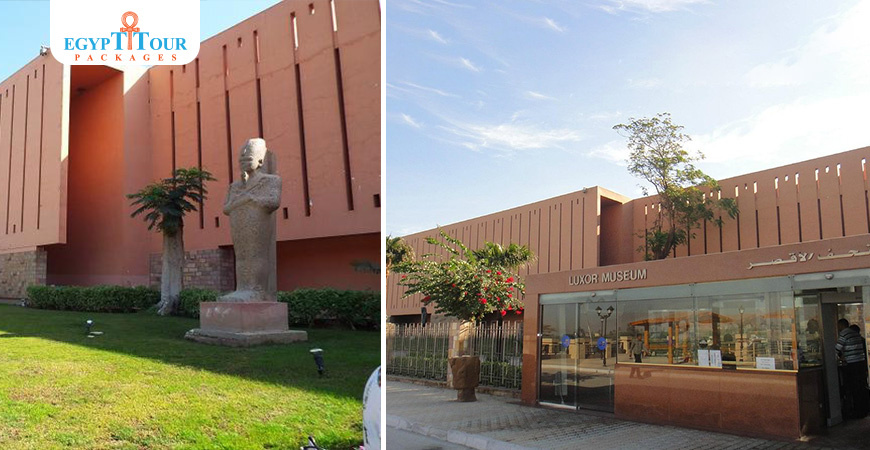
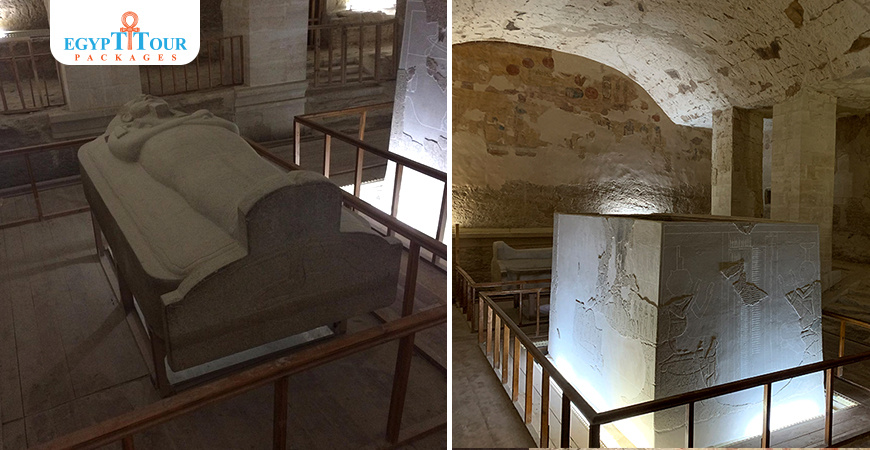

0 Comments